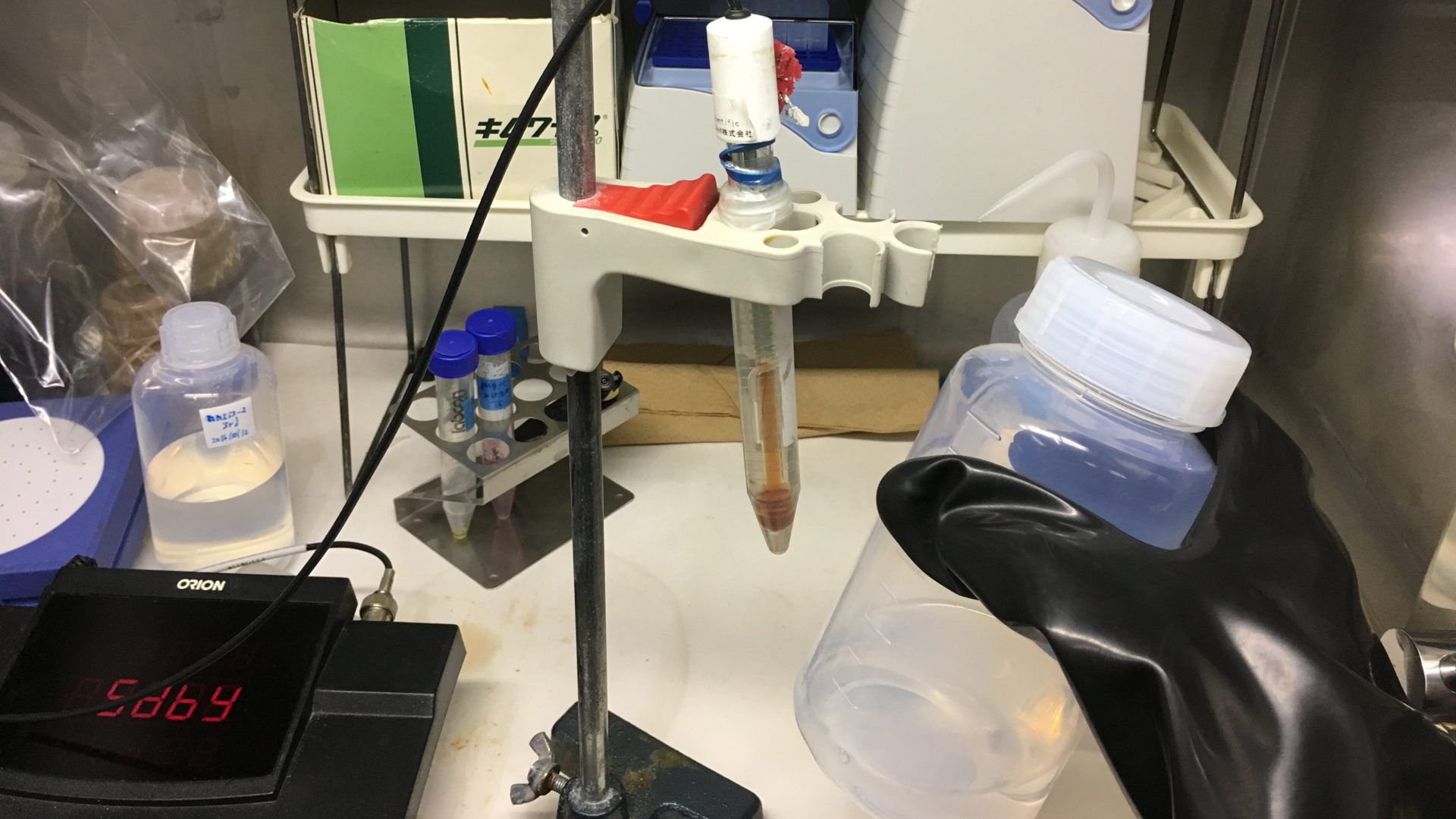Desorption mechanisms of cesium from illite and vermiculite
Background Vast areas of the eastern part of Japan have been contaminated by a short-lived radioisotope of cesium (Cs), 137Cs, whose half-life is 30.1 years, from the accident of the Fukushima Dai-ichi Nuclear Power Plant in 2011. Most of contaminated soils in residential areas have been stripped and gathered for future disposal. On the other hand, air dose rates in forests are still high. Understanding the behaviors of Cs+ in soils is thus crucial for the safety assessments of the disposal of contaminated soil in future and the evaluation of long-term exposure of residents living near forest areas. It is known that Cs+ is strongly sorbed to micaceous minerals. However, the desorption of Cs+ at a trace sorption level with time in the presence of different salt ions is not well understood. In this study, we conducted long-term sorption and desorption experiments of Cs+ with illite and vermiculite, which are micaceous minerals, at room temperature to study the effects of sorption time and co-existing cations on the desorption. Method A small amount of Cs+ (50 nM Cs+ spiked with 900 Bq 137Cs) was sorbed to the illite and vermiculite in the presence of 1 mM K+ or Ca2+, or 1 mM K+ and 100 mM Ca2+ over 8 weeks, which was then desorbed in the presence of Prussian blue (PB) […]
